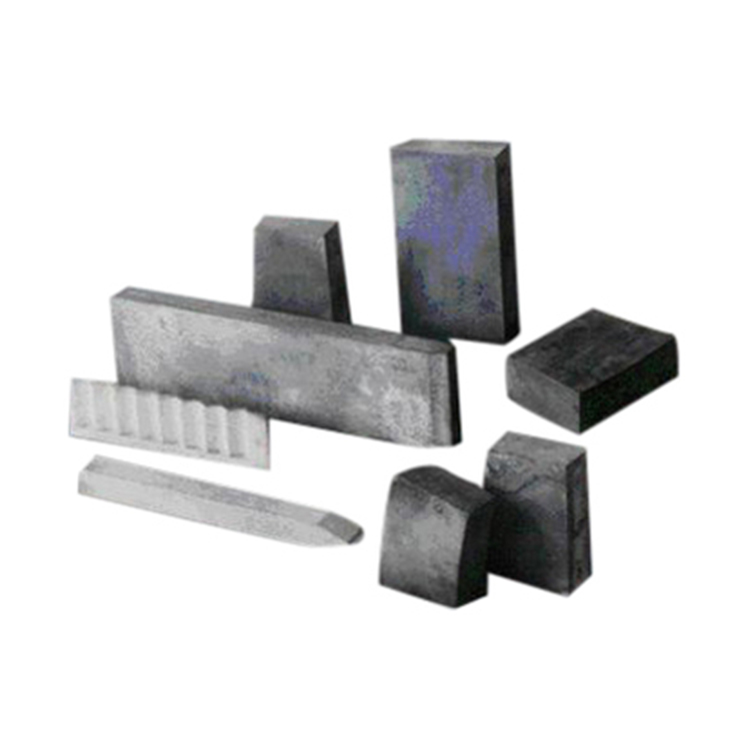
In the demanding environment of modern steelmaking, furnace lining materials must withstand extreme thermal shocks and prolonged high temperatures without degrading. While traditional high-alumina bricks have long been the standard, recent advancements in mineral-based refractory technology—particularly those leveraging andalusite (red tourmaline) crystal structures—are proving superior in both performance and cost-efficiency.
The key lies in its unique crystal lattice. Unlike conventional alumina-silicate formulations that undergo phase transitions at ~1400°C, andalusite transforms into mullite (3Al₂O₃·2SiO₂) during firing—a reaction that generates microcracks and internal stress relief mechanisms. This creates a self-stabilizing structure that resists deformation under load even above 1500°C.
| Property | High-Alumina Brick (Typical) | Andalusite-Based Firebrick |
|---|---|---|
| Hot Crushing Strength @ 1400°C | 25 MPa | 42 MPa |
| Load Softening Temperature | 1550°C | 1680°C |
| Creep Resistance (10% strain @ 1450°C) | ~6 hours | >48 hours |
This structural advantage translates directly into real-world benefits for steelmakers. A case study from a mid-sized integrated mill in India showed that replacing 70% of their high-alumina brick lining with andalusite-based material extended furnace campaign life by an average of 32%, while reducing downtime due to refractory failure by over 50%.
Steel furnaces experience rapid temperature fluctuations—sometimes exceeding 500°C per hour during charging cycles. In such conditions, high-alumina bricks often develop surface spalling or cracking due to poor thermal shock resistance. Andalusite-based bricks, however, exhibit significantly higher thermal conductivity gradients and lower expansion coefficients, minimizing stress accumulation.

For procurement managers evaluating alternatives, this isn’t just theory—it’s measurable ROI. One European steel producer reported saving €120k annually in maintenance costs after switching to andalusite-enhanced bricks across three ladle furnaces.
If you're responsible for selecting refractory solutions for your next furnace upgrade, understanding how material science drives operational efficiency is critical—not just for today’s production runs, but for sustainable long-term planning.


